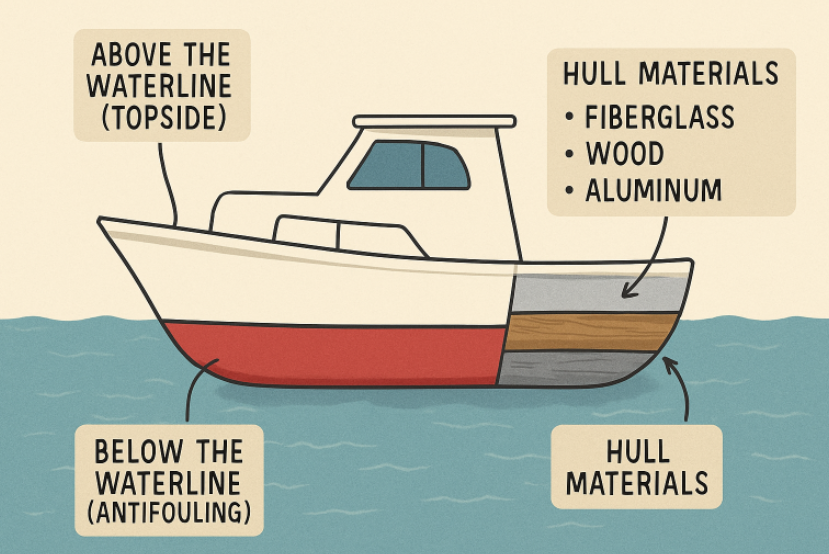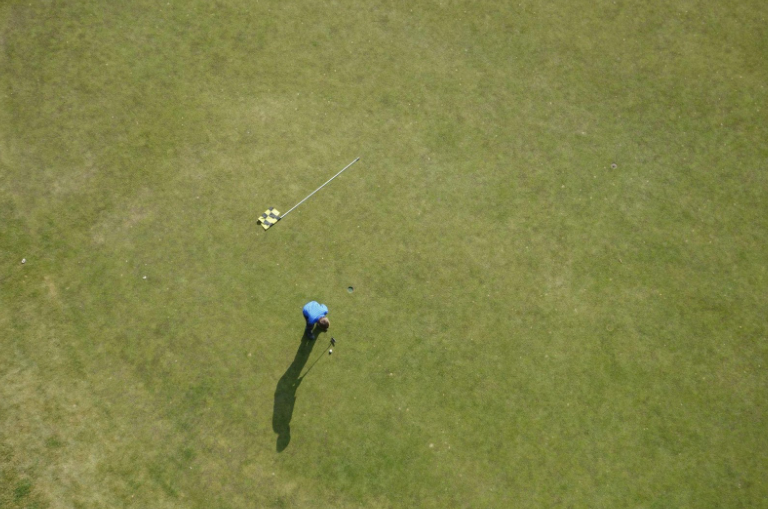The short game is a critical aspect of golf that can significantly influence a player’s overall score, regardless of their driving distance or long-game prowess. It encompasses shots that are played close to the green, such as pitching, chipping, and putting. While many golfers focus on hitting long drives, the short game often determines the outcome of each round. A well-rounded short game allows golfers to recover from challenging situations, save strokes, and improve their performance on the scorecard.
Gregory Thoke knows that, whether it is putting, chipping, or pitching, mastering the short game is essential for lowering scores and achieving success on the golf course.
Table of Contents
What the Short Game Is and Why It Matters
The short game in golf refers to shots played close to the green, such as putting, chipping, and pitching. These shots require precision, touch, and finesse rather than power, and they play a vital role in determining overall scores. Many golfers, especially beginners, tend to focus on driving distance and overlook the significance of their short game. However, it’s often these shorter shots that have the most direct impact on a player’s scorecard.
Mastering the short game can be the difference between winning and losing, even for professional golfers. The ability to accurately control the ball from close distances can save strokes and help players recover from challenging positions.
Professionals make it a priority because they understand that even minor improvements in this area can lead to massive gains in performance. A golfer who consistently performs well within 100 yards has a strong chance of lowering their scores, regardless of how far they can hit the ball off the tee.
In competitive play, where every stroke counts, the short game becomes a critical tool for success. It’s not just about getting the ball on the green; it’s about positioning it in a way that increases the odds of sinking the next putt. This mastery of proximity to the hole is what often separates top-tier players from the rest, making the short game a fundamental part of overall success in golf.
Techniques and Tips for Short Game Success
To improve the short game, it’s essential to focus on critical techniques like stance, grip, and swing control. Proper posture helps maintain balance and stability, which are crucial when executing delicate shots around the green. A controlled grip enables the golfer to have a better feel for the club, allowing for more precise and accurate shots. Swing control, especially in the short game, is less about power and more about finesse, ensuring that the ball lands softly on the green and rolls toward the hole with minimal effort.
Minor adjustments can often lead to significant improvements. Adjusting the ball position in your stance or slightly altering your wrist movement during a chip can completely change the outcome of the shot. Professional golfers are known to constantly tweak their technique, even if it means just a minor change in clubface angle or the tempo of their swing.
Putting and Chipping: Core Skills to Master
Putting is often seen as the most critical part of the short game. A solid putting game can transform a round of golf, turning potential bogeys into pars or birdies. Reading the greens correctly, recognizing subtle slopes, and understanding the speed of the surface are all essential skills that golfers need to develop.
Chipping, on the other hand, requires both creativity and control. Depending on the lie of the ball, the golfer must decide which club to use and how much loft is needed to land the ball softly on the green and allow it to roll toward the hole. Professionals often recommend using different clubs for different types of situations: a lob wedge for high, soft landings or a 7-iron for low, bump-and-run shots.
Knowing when and how to apply these different approaches helps players avoid common mistakes such as thinning or chunking the ball. The ability to recognize and adapt to the conditions of the shot while choosing the right club separates average players from those who thrive.
Pitching and Distance Control
Pitching is a crucial aspect of the short game, especially when it comes to navigating difficult lies or getting the ball over hazards. The goal of a good pitch shot is to generate enough loft to carry the ball through the air while maintaining control over where it lands. Distance control becomes essential here—too much power and the ball can overshoot the green; too little, and it might fall short. Understanding how to modify your swing length and tempo based on the distance to the hole is critical to mastering this skill.
Golfers need to practice varying their approach depending on the type of shot they need to execute. A higher pitch shot might be required if there’s a bunker or water hazard to clear, while a lower pitch may be necessary when there’s little room for error once the ball lands. Professionals routinely practice these scenarios, knowing that being able to judge distance and trajectory accurately can save strokes during a round.
Mental Focus and Confidence
The short game requires not only physical skills but also a sharp mental approach. Golf is as much a mental sport as it is a physical one, and maintaining focus is particularly important when playing shots close to the green. The pressure to perform can be immense, especially in competitive situations. Many golfers, even experienced ones, struggle with nerves when they need to make that crucial chip or put under pressure. This is where mental preparation comes into play.
Building confidence is essential for mastering the short game. When a golfer approaches a tricky shot with confidence, they are far more likely to execute it successfully. Confidence often comes from repetition and practice, but it also stems from having a positive mindset.
Many of the top players use visualization and mental rehearsal to focus their minds before critical shots. By picturing the ball’s flight path or visualizing a perfect roll on the green, golfers can mentally align themselves with success. This kind of focus allows them to block out distractions and trust their instincts, leading to better execution in the short game.
Drills and Equipment for Improvement
Drills play a vital role in refining the short game, helping golfers develop a better feel for touch and precision. Simple practice routines, such as setting up targets around the green or working on lag putting, can significantly improve performance. Repeating these drills regularly helps embed muscle memory, making it easier to replicate the same movements during an actual round.
Equipment choice also matters. Using the right wedges or putter can make a tremendous difference in how a player approaches their short game. Custom-fitted clubs, tailored to an individual’s swing style, can help improve accuracy and control. Many top golfers invest time in testing different equipment setups to find the ones that best suit their game, knowing that minor changes in club design can affect how the ball reacts on the green. The right equipment, combined with regular practice, can lead to significant improvements in scoring potential.
Ultimately, a combination of proper practice drills and the right equipment can elevate a player’s short game, allowing them to approach every shot with confidence. Whether it’s adjusting loft angles on wedges or finding a putter that feels just right in the hands, the right tools combined with dedicated practice can lead to noticeable improvements.












